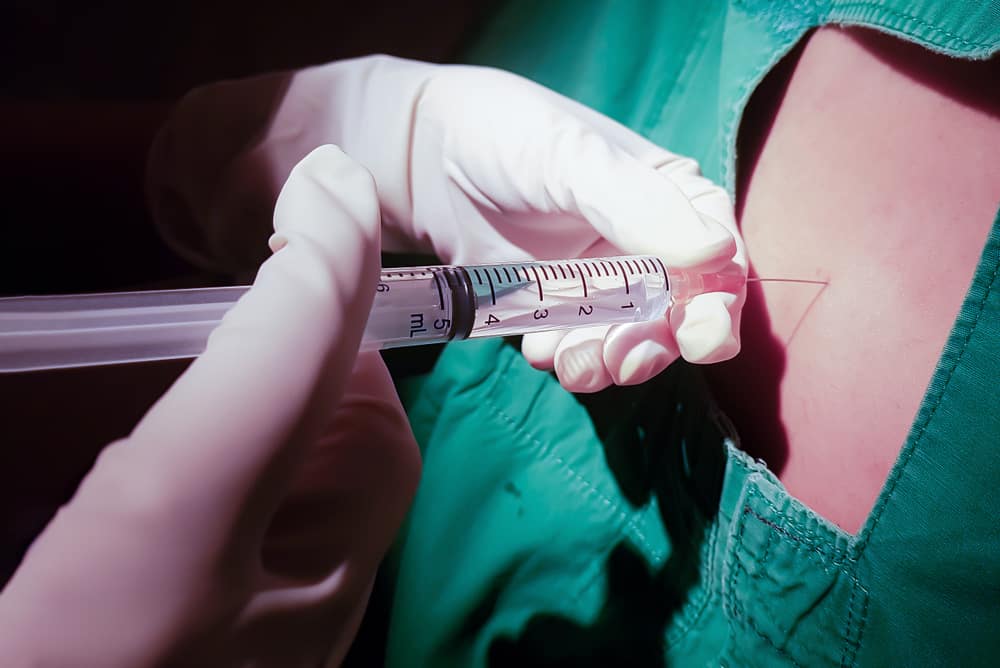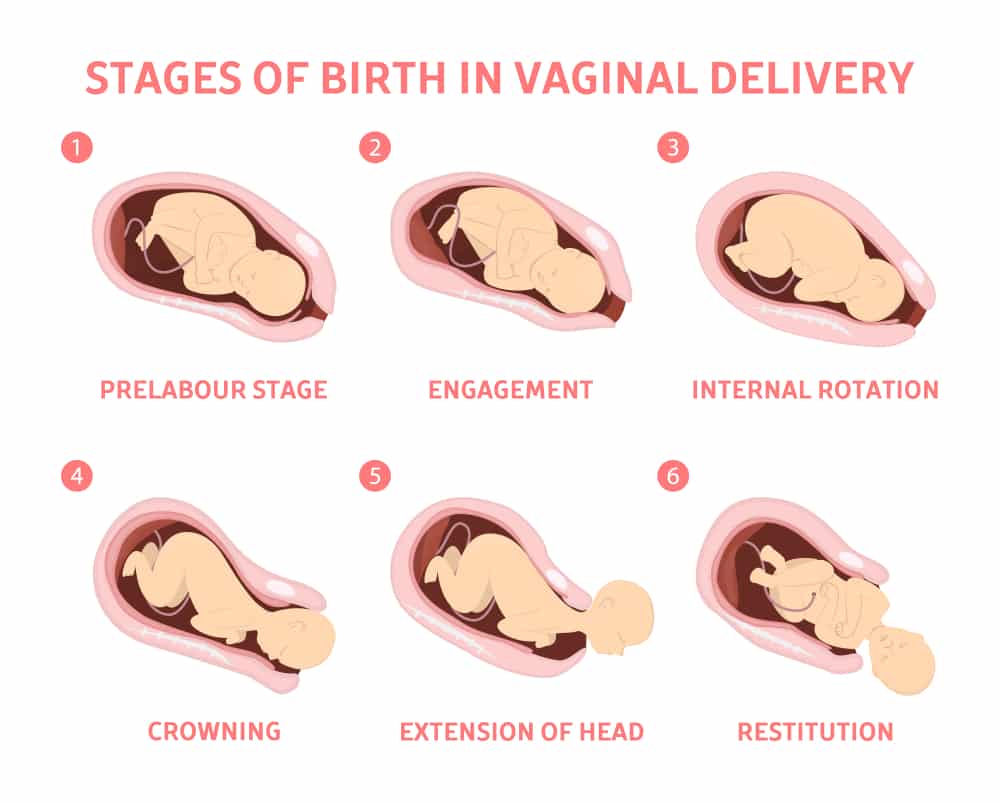For most women, the beautiful journey of pregnancy ends with a few hours of labor. However, labor on its own can be another long journey that ends when your little one eventually arrives in your arms. Baby crowning is an important part of the vaginal delivery process that may be associated with varying amounts of pain.
If you’re preparing to have a vaginal delivery, you’re at the right stop.
In this article, you will find out what crowning means; when it happens, how it feels, and how to prepare adequately for it.
Table of contents
What Is Baby Crowning?
Crowning is a process during vaginal birth when the head of your baby becomes visible through your vagina. This happens when you are fully dilated. Once your baby crowns, you can begin to push until your child is born.

It is important to note that the process of crowning is accompanied by different feelings in different women. For some, it isn’t painful. For others, it can be very painful.
When Does It Happen?
Labor occurs in four stages which are the early and active labor stage, the descent of your baby through the birth canal (the actual birth), placenta delivery, and recovery. Crowning usually occurs in the second stage of labor.
You can find out more about the stages of labor in this post.
How Does Crowning Feel?
Many women have associated the crowning with a feeling termed “ring of fire.” It may feel like an intense burning, tingling, or stinging. It’s important to note that the feeling of baby crowning is unique to every woman. In fact, some women have even said they felt no pain during this process.
This feeling of pain occurs because as your baby comes out through your birth canal, he/she stretches and irritates the nerves in your vagina and the tissue between your vagina and your anus.
Due to the intense stretch some women undergo, they may not feel any pain. This is because the stretch is so much that it has numbed the perineal nerves and the feeling of pain is overshadowed by the numbness.
You may also not feel any pain if you have had anti-pain medication before/during labor. This comes as an epidural block which helps to numb feelings in the lower part of the body. If you didn’t have an epidural block, your doctor can give you a pudendal nerve block to help you relieve pain during the crowning process.

You may eventually not need any medication at all for your pain during crowning. Having a close family member or any other person around to provide support by applying a warm compress on your back can also help.
Tears and Episiotomy
Due to the intense stretching associated with crowning, tears may occur. At other times, it may occur because of the size of your baby’s head or because your skin does not stretch enough. Your doctor can initiate the tear in a process known as episiotomy.
An episiotomy is an incision or cut done between the vagina and the anus. This is done when your doctor sights any sign that can lead to tearing. It helps to limit the tear and also guides the direction of the tear.
However, recent studies have shown that episiotomies may not be as helpful as they were thought to be. As a result, they are now mostly reserved for serious cases such as when your baby’s shoulder is stuck, or when the heart rate becomes abnormal during labor, or when there’s a need for a vacuum extractor during delivery.
What Happens After A Tear?
Whether the tear was natural or initiated by your doctor, it can heal on its own within a few weeks after delivery. About 70% of women experience either of these during delivery.

There are varying degrees of tears depending on the extent to which your body tissues are affected.
- First-degree tears: it involves the skin and the perineal tissue. These kind of tears may heal with or without stitches in few days to weeks.
- Second-degree tears: it involves the perineum and part of the tissue inside the vagina. These kind of tears will require stitches and takes a few weeks after delivery to heal.
- Third-degree tears: it involves the perineum and some of the muscle surrounding the anus. These kind of tears require more than stitching, a surgery may be needed. It takes a more than few weeks for this tear to heal.
- Fourth-degree tears: it involves the perineum, the anal sphincter (a valve that controls the opening and closing of the anus), and the mucous membrane that lines the rectum. This is very similar to the third degree tears and will require surgery to heal and it also takes longer time to recover.
The post-delivery effects of these degrees of tears are different.
For first- and second-degree tears, it is accompanied usually by mild symptoms like pain or a stinging sensation while urinating. The symptoms are a bit more severe with the third and fourth-degree tears. Women with third and fourth-degree tears may experience fecal incontinence (this is the inability to control the passage of feces through the anus) and pain during intercourse.
How To Prepare For Baby Crowning
Labor feels different for every woman.
In fact, it may feel different for each birth in the same woman. As a result, you need to prepare for each birth.
Yes, we understand that is possible to feel nervous, anxious, or scared as you await the arrival of your little one. Thankfully, there’s a reliable way to go about it.

Proper preparation, they say, prevents poor performance. No matter how you feel before labor, it is necessary that you put a few things in place to prepare you for your delivery. Some of these are:
- Attend a childbirth class: You can sign up for one at your hospital or take some online classes. This will help you learn more and also expose you to some of the things you should expect during delivery.
- Ask questions: from your doctor or midwife beforehand.
- You can also speak with your doctor on a pain management plan that is appropriate for you.
- You can practice breathing, relaxation and distraction techniques before labor too.
A Final Reminder From Edie & Amy
The labor process can be painful, but remember that it is marking the end of your nine months journey and bringing to you your bundle of joy.
Also, remember that once you start having the “ring of fire” sensation, you’re much closer to carrying your baby in your hands. Knowing this will help you push through the period of pain and discomfort associated with crowning and labor in general.
Finally, your doctors and midwives are there to help you; remember to ask for all the help you need in this period.
Stay Strong, Mama.

